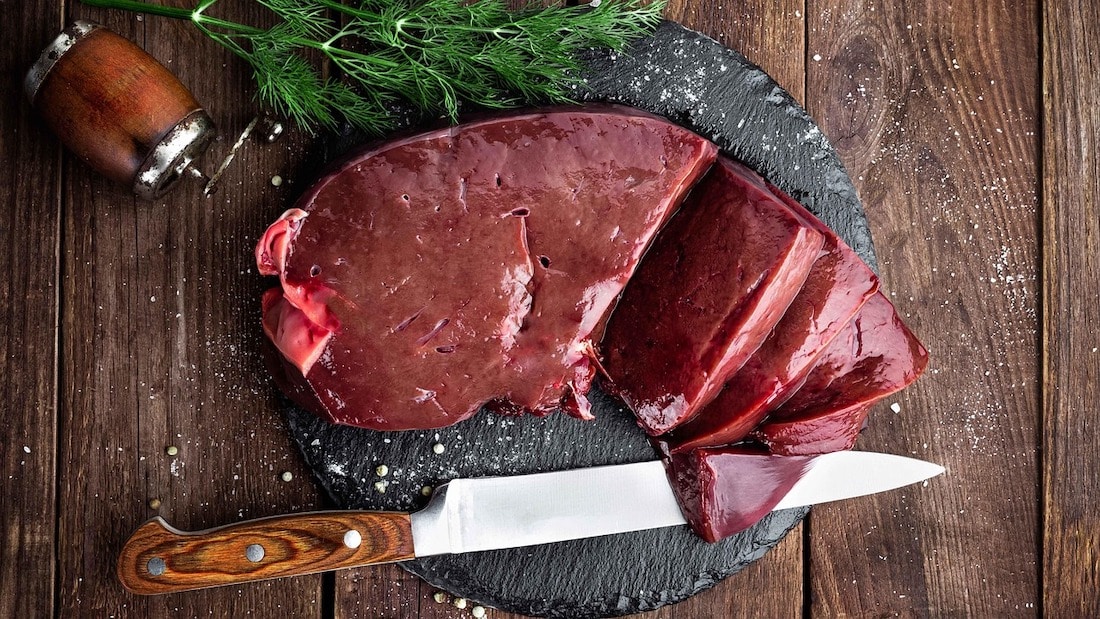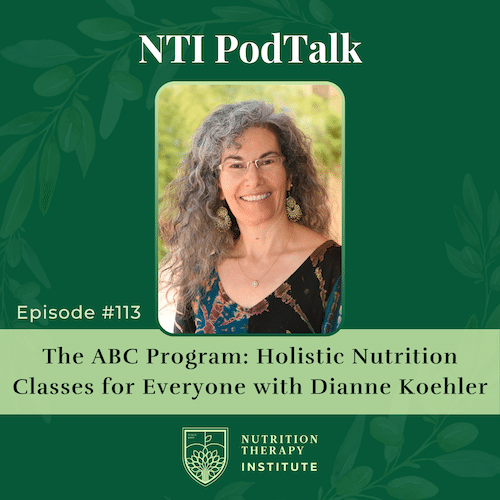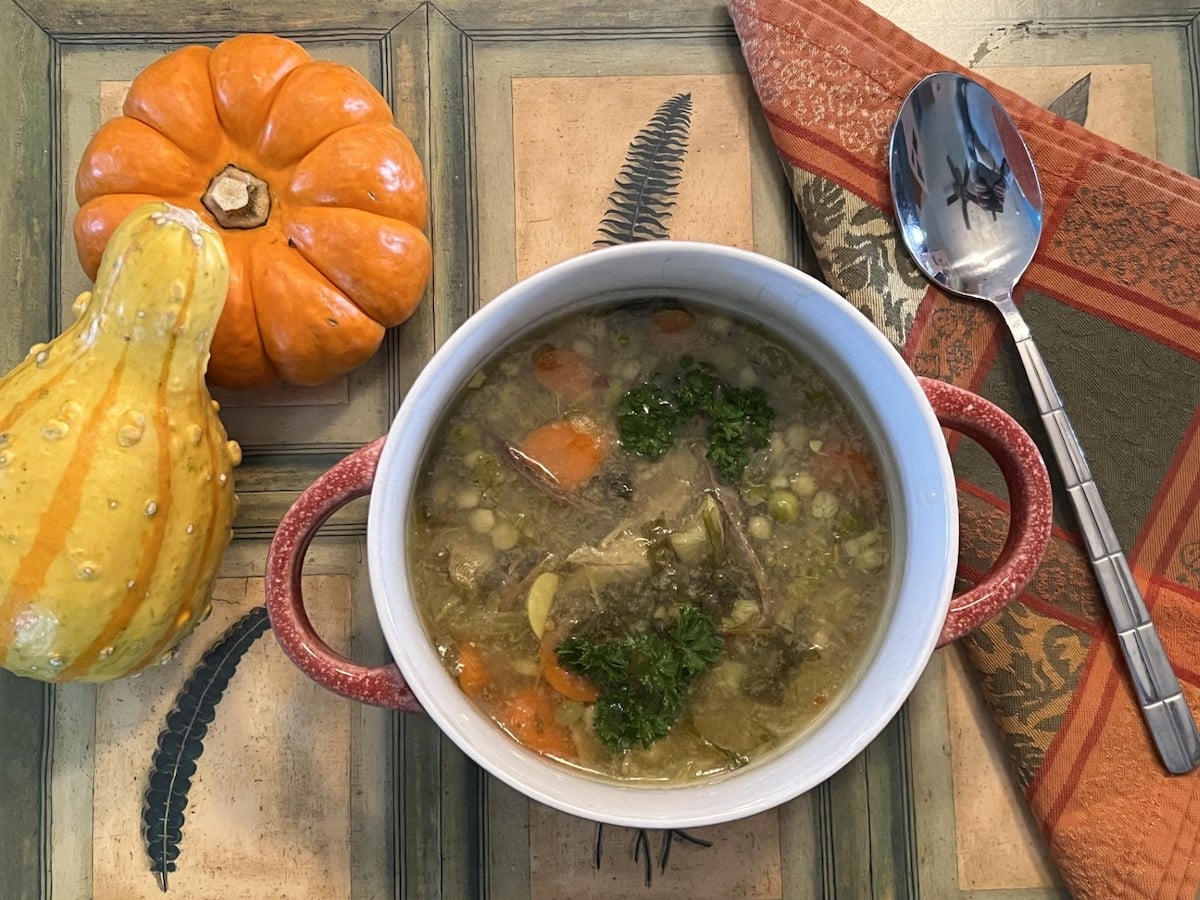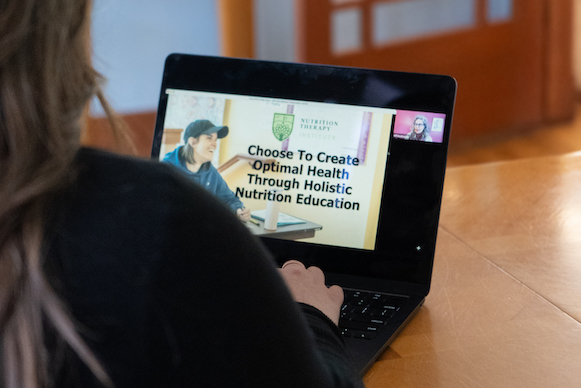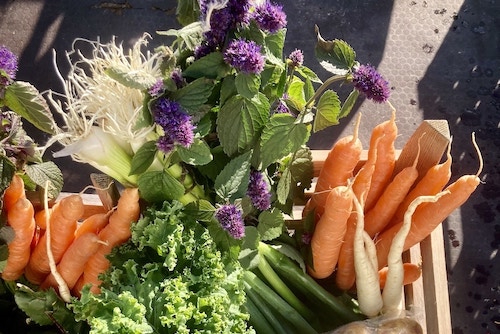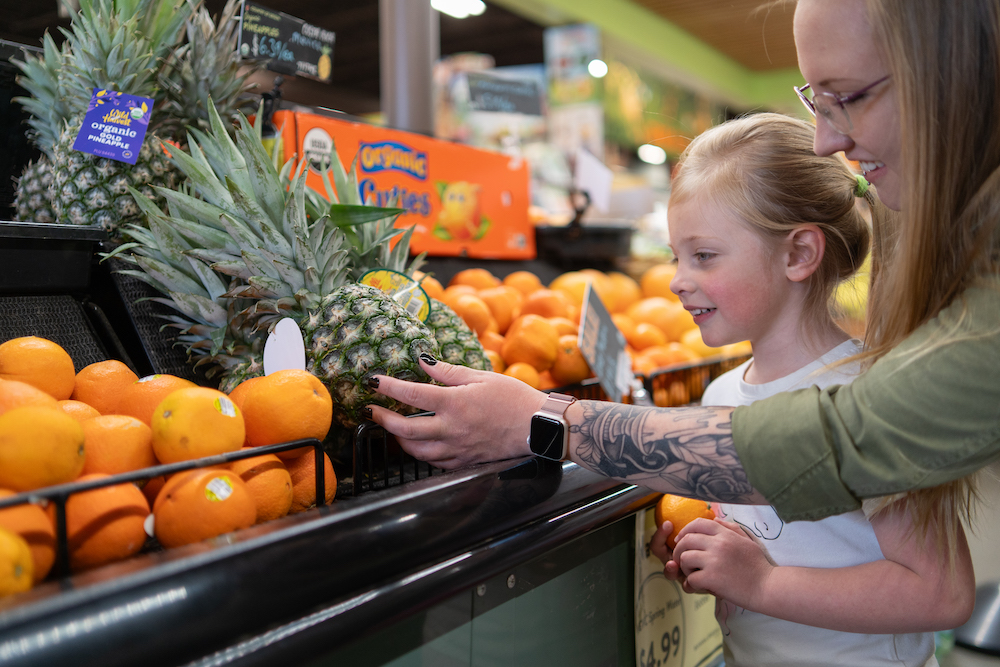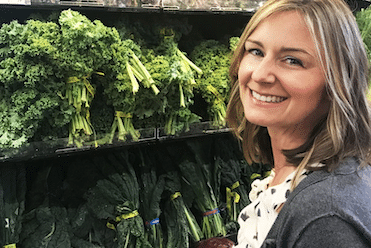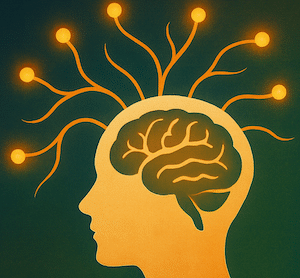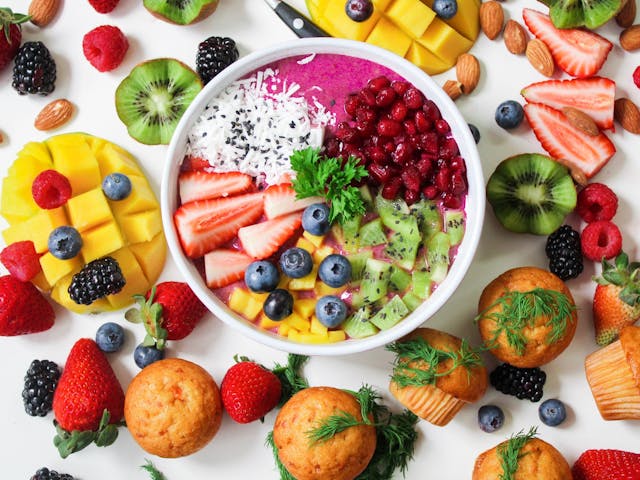
Share this post!
In a culture in love with thrilling superheroes and larger-than-life possibilities, no wonder the term “super” has also crept into our food. Eating a food that is “super” sounds way better than eating just … food. But what does the term “superfood” mean, and is it really what it is marketed to be? Let’s take a closer look at the term and some common foods donning the label.
What Makes Food “Super?”
Superfoods are considered to have high levels of health-promoting nutrients and sometimes can be linked to certain disease prevention. The term was first used during World War I as a food marketing strategy by the United Fruit Company. The first superfood? Bananas.
The American Medical Association declared bananas could relieve symptoms of celiac disease or even cure it in children. Since doctors had not yet found the link between celiac disease and gluten, this was a promising claim. Pamphlets provided information about more health benefits the fruit could offer, and its popularity took off.
Ever since the term “superfood” has become a super boost for sales. According to a study by Mintel, there was a 36% rise in the amount of food and beverages labeled “superfood” within the year 2015. These “superfoods” began to appear in hygiene, beauty, and even pet aisles.
It is true that whole foods — or unprocessed fruits, vegetables, meats, and dairy — are each little powerhouses of nutrients. Yet it is important to make some distinctions when the term is used to make health claims that are not entirely true.
When “Super” Food Is Not Available
One aspect of foods that is not talked about is what some call “anti-nutrients.” These compounds block the absorption of certain nutrients unless they are neutralized through soaking, boiling, or sprouting the food. Even after being properly “prepared” through those means, some trace amounts of anti-nutrients can remain.
With diets highly consisting of rice and beans — both containing anti-nutrients — it is important to consider soaking before cooking the foods to ensure nutrient absorption.
When prioritizing certain nutrients in your diet to support a health condition or a certain state of life, it is important to know which foods are “bioavailable,” or easily absorbed.
Debunking Superfoods
Though these foods may not provide their touted nutrients in an absorbable way, rest assured that they either provide other important nutrients or have great alternatives.
Spinach as a Source of Calcium
This leafy green is a great source of vitamin C and antioxidants — both of which support immune health by neutralizing disease-promoting free radicals in the body.
Spinach contains oxalates, a type of anti-nutrient that can bind to calcium and prevent its absorption. In the raw form, this food is not considered a great source of absorbable calcium. Though soaking or boiling it may help neutralize oxalates and promote better absorption, here are some alternative foods that are great sources of calcium that are naturally more bioavailable:
- Canned salmon with bones
- Dairy
- Mineral Water
Factors that can increase calcium absorption include:
- Vitamin D
- Lactose
- Protein
Factors that can decrease calcium absorption include:
- Hypochlorhydria (stomach acid deficiency)
- Excess fiber, Magnesium, and Iron
- Unabsorbed fatty acids (excess fat in stools)
- Phytates (another type of anti-nutrient)
If you want to try out some new foods that have a “super” amount of calcium, consider these recipes:
Oatmeal as an Energy-Boosting Breakfast
This nutty grain can provide warmth on a cold morning — but also blood sugar spikes, thanks to it being high in lectins. After a blood sugar spike, the body undergoes a “crash,” often causing tiredness even before lunchtime.
Oats also contain the protein gliadin, which can cause a similar inflammatory response as gluten. If you experience gluten sensitivity or celiac disease, it may be worth trying to avoid oats.
Thankfully, many alternatives provide a boost of energy in the morning without a crash.
Buckwheat is a complex carbohydrate like oats yet is linked to lower blood sugar levels after consumption. It also contains many plant compounds and even a soluble carb called D-chiro-inositol that reduces blood sugar levels. One study suggests it may delay or prevent the digestion of table sugar.
Eggs with sweet potatoes and avocados are a great meal that provides all three macronutrients (protein, carbohydrate, and fat). Having a balanced meal can also provide energy while curbing blood sugar spikes and providing a greater feeling of fullness. Now that’s a great way to start the day!
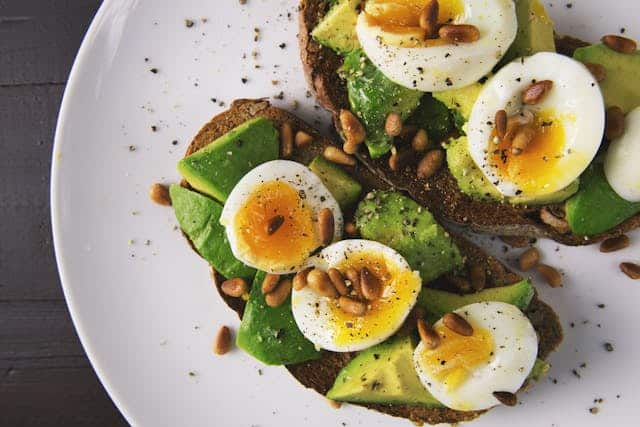
Recipes:
Whole Wheat as a Nutrient Dense Carbohydrate
Though whole wheat does contain more nutrients than its white counterpart, several factors decrease the bioavailability of those nutrients.
Whole wheat contains saponins, which can interfere with nutrient absorption. It also contains phytates, which can decrease iron, zinc, calcium, and magnesium absorption.
The gluten it contains can also cause an inflammatory response in the body — even if a person does not have celiac disease.
Here are some nutrient-dense carbohydrates that do not need to be neutralized:
- Sweet Potatoes, Butternut, acorn and delicata squash – rich in carotenoids (antioxidants), vitamins A, C, manganese and fiber
- Beets – rich in anthocyanins (antioxidants), fiber, folate, manganese, potassium, iron, and vitamin C
- Parsnips – rich in antioxidants, vitamin C, and fiber
Recipes:
- Mashed Parsnips
- Roasted Squash and Beets in Tahini Sauce
- Sweet Potato Shepherd’s Pie
- Roasted Sweet Potatoes with Yogurt & Savory Sesame Topping
Red Wine as a Source of Iron
This delectable adult beverage contains more nutrients than most of its class. However, it contains tannins that can decrease iron absorption. Alcohol also taxes the liver and consuming it in excess can lead to a variety of diseases. As with most treats, it can be enjoyed in moderation.
Iron can appear in two forms: heme and non-heme. Heme iron is commonly found in animal sources while non-heme iron is in plant sources. Heme iron is more easily absorbed by the body at approximately 25% of intake compared to non-heme, which absorbs approximately 17% of intake. This is partially because many forms of non-heme iron contain anti-nutrients that inhibit absorption.
Great food sources of heme-iron include:
- Red meat
- Poultry
- Eggs
- Liver
- Fish
- Pork
- Shellfish
Recipes:
Chia Seeds as a Good Source of Minerals
Chia seeds have a lot going for them in the “super” category, packing omega-3 fatty acids, fiber, and all nine essential amino acids in a single serving.
Since it contains phytates, minerals like iron, zinc, calcium, and magnesium in chia seeds cannot be absorbed unless they are neutralized.
Here are some other foods with high mineral content that do not contain anti-nutrients:
- Seafood
- Seaweed
- Cocoa
- Mineral water
Recipes:

A New View on Superfood
There are so many nutrient-dense foods grown on this earth that provide exactly what our bodies need and crave. In some ways, one could consider all nutrient-dense foods to be “superfoods.”
Keeping in mind the bioavailability of certain nutrients in foods can help empower your choices for your body’s unique needs. By prioritizing a variety of nutrient-dense, whole foods on your plate as a lifestyle, you are more likely to absorb those nutrients consistently. Now that is truly super.
Ready to Learn More About Nutrient Absorption and More?
The Nutrition Therapist Master Certification program includes a class on nutrients — which provides a deep dive on each nutrient, absorption, and much more. This is one of several classes that can empower you to not only learn more about your body but also take the next steps towards a fulfilling career.
About the author: Lisa (Driscoll) Lopes is a certified Nutrition Therapist Master through NTI’s Nutrition Therapist Master Program. With Bachelor’s degrees in both journalism and vocal performance, she enjoys using her voice to share the benefits of living a holistic, integrated lifestyle in writing. You can find more of her writing in the Baltimore Sun, Classical Singer Magazine, Capital News Service, and FOCUS blog.
Image Sources: Image by Jane Trang Doan on Pexels; Image by Foodie Factor on Pexels; Image by Ella Olsson from Pexels
Share this post!

